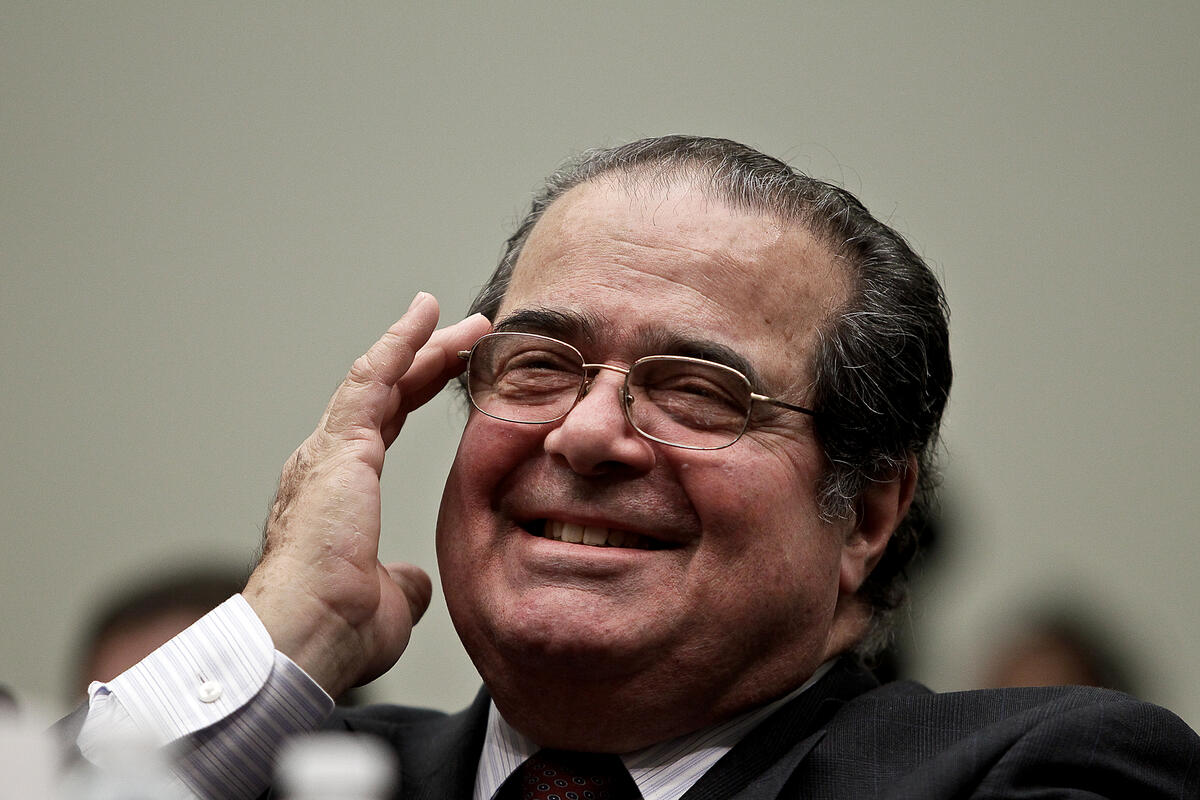When Justice Antonin “Nino” Scalia died this past February, we lost probably our most famous constitutional judge. Scalia was a divisive figure — a hero to many conservatives for his fiery dissents and sustained criticism of the so-called liberal agenda and judicial activism — and a villain to many progressives, who saw his historical rhetoric and ideology as backward-looking and noninclusive. In my lecture, I will explore the past and future of the interpretive method that Justice Scalia championed: Originalism.

One of the reasons that originalism has such resonance in our political discourse is that, at its root, the idea has a strong intuitive appeal: The text of the Constitution, which was ratified through an overwhelming act of political will, should mean what it meant to those that voted for it. To read it differently — particularly if you’re an unelected judge with the power to decide that meaning for all of us — seems to be not only undemocratic, but just plain wrong as a matter of law. That basic notion makes sense to a lot of people.
As with many things, however, the devil is in the details.
Just for starters, whose understanding of the text should we be focused on? The drafters? It was popular ratification, not James Madison’s approval, which gave the words the force of law. So should we look instead to the ratifying public? Which one: Pious New Englanders? Southern slave-owners? New York merchants? What if it turned out that the text had different meanings to lots of different people, each of whom voted for it based on their own particular understandings? And, even if we could decide which people’s “meaning” should count as “original,” how are to we to go about discovering — and agreeing upon — what people thought over 200 years ago? You may start to see the potential problems, and in truth there are many others lurking in the weeds.
The lack of theoretical certainty and the fog of history make many people suspicious that a talented jurist might use “originalism” to justify whatever outcome he or she wants in a particular case. Indeed, in the most famous “originalist” decision in recent history, D.C. v. Heller, Justices Scalia and Stevens each made detailed historical arguments about the meaning of the Second Amendment — and reached opposing conclusions. Add to this the perhaps more pressing worry that cramped historical readings often render our transcendent political document in only the pale and uninspiring shades of our troubled national past, and you begin to see why originalism has its enemies. And, as I have said, with Scalia gone, the movement has lost its most visible and powerful protagonist. At this point, then, it is fair to question the future of originalism in our constitutional discourse and on the Supreme Court.
In my upcoming lecture I will do three things: First, I will sketch a picture of Justice Scalia’s jurisprudence, and of the changes he brought to originalist thinking. Second, I will outline how originalism evolved, and splintered, during the time Scalia served on the Court. Finally, I will offer some thoughts on the future direction and influence of originalism on our constitutional discourse and the Court.
I hope to see you there.
About the Author
Ian Bartrum teaches constitutional law, law and religion, and constitutional theory at the William S. Boyd School of Law at UNLV. He has also taught at Drake Law School and Vermont Law School, and has served as the Irving Ribicoff Fellow at Yale Law School.
His work has been published by the Northwestern University Law Review, the Washington University Law Review, the Michigan Law Review, the Virginia Law Review, the William & Mary Bill of Rights Journal, the University of Pennsylvania Journal of Constitutional Law, and Constitutional Commentary, among other journals. He is a graduate of Hamilton College, Vermont Law School, and Yale Law School.



